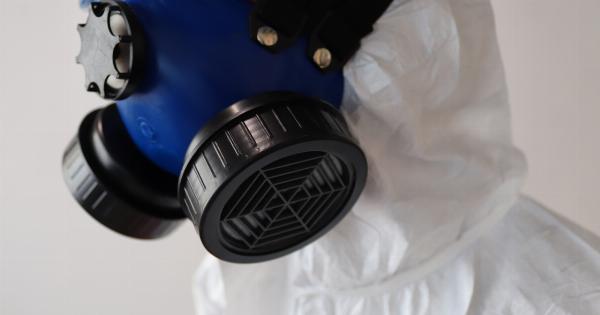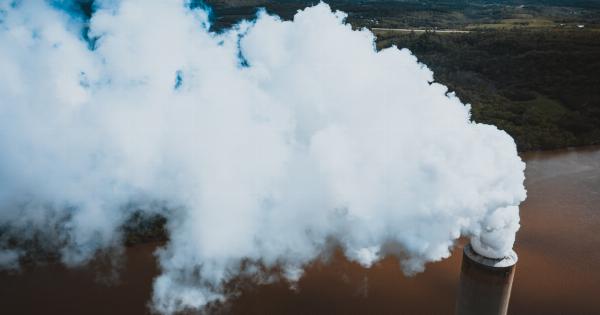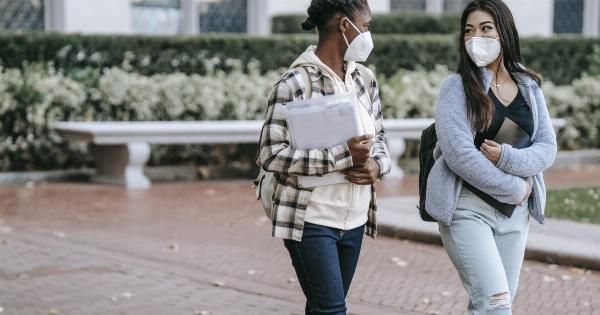Lung cancer is a widespread and deadly disease that arises when cells in the lung grow uncontrollably.
This disease is typically associated with tobacco smoking, but there are numerous other factors, both environmental and genetic, that can also cause lung cancer. Understanding these unanticipated causes of lung cancer can help individuals reduce their risk of developing this disease and improve their chances of successful treatment.
Radon Gas Exposure
Radon is a naturally occurring gas that is emitted from rocks and soil and can accumulate in homes and other enclosed spaces.
Inhaling radon gas is the second-leading cause of lung cancer in the United States, accounting for an estimated 21,000 deaths each year. Individuals can reduce their exposure to radon by testing their homes for radon levels and taking steps to reduce those levels if they are high.
Air Pollution
Outdoor air pollution, including particulate matter and ozone, has been linked to an increased risk of lung cancer.
Exposure to air pollution can be reduced by taking public transportation or riding a bike instead of driving, using a HEPA air filter in the home, and avoiding or reducing exposure to outdoor air pollution sources such as industrial sites, highways, and wood-burning stoves.
Genetic Susceptibility
Some individuals may be genetically susceptible to lung cancer. For example, individuals who inherit a mutation in the BRCA2 gene, which is best known for its role in breast cancer, have an increased risk of lung cancer.
Other genetic factors, such as mutations in the TP53 or KRAS genes, may also increase the risk of lung cancer.
Exposure to Asbestos
Asbestos is a naturally occurring mineral that was widely used in construction and manufacturing until the 1980s.
Exposure to asbestos fibers, which can be inhaled and become lodged in the lungs, increases the risk of lung cancer as well as mesothelioma, a cancer that affects the lining of the lungs. Individuals who have worked in construction, shipbuilding, or other industries that use asbestos should take precautions to avoid exposure.
Exposure to Secondhand Smoke
Exposure to secondhand smoke, which is smoke that is exhaled by smokers or that comes from burning tobacco products, can also increase the risk of lung cancer.
Secondhand smoke contains many of the same harmful chemicals as directly inhaled smoke, and it is estimated to be responsible for around 7,000 deaths per year in the United States alone.
Infections
Certain infections, such as human papillomavirus (HPV) and tuberculosis, have been linked to an increased risk of lung cancer. HPV is a common sexually transmitted virus that can cause cervical cancer as well as cancers of the head and neck.
It is also thought to play a role in some cases of lung cancer. Tuberculosis, a bacterial infection that primarily affects the lungs, can also increase the risk of lung cancer.
Hormones
Studies have shown that hormones, particularly estrogen, may play a role in the development of lung cancer. This is because estrogen receptors are present in lung tissue, and some types of lung cancer cells may be stimulated to grow by estrogen.
Hormone replacement therapy, which is commonly used to alleviate menopausal symptoms in women, has also been associated with an increased risk of lung cancer.
Diet
A diet high in fruits and vegetables, which are rich in antioxidants, has been associated with a reduced risk of lung cancer. Conversely, a diet high in red meat and processed foods has been linked to an increased risk of lung cancer.
Incorporating more plant-based foods into the diet and reducing consumption of red meat and processed foods may reduce the risk of developing lung cancer.
Occupational Exposure
Some occupations, particularly those in which workers are exposed to chemicals or dust, have been associated with an increased risk of lung cancer. These occupations include miners, construction workers, and firefighters, among others.
Individuals who work in these fields should take precautions to minimize their exposure to harmful substances.
Conclusion
There are numerous unanticipated causes of lung cancer that individuals may not be aware of.
While tobacco smoking remains the leading cause of lung cancer, exposure to factors such as radon gas, air pollution, and asbestos can also increase the risk of developing this disease. By understanding these risk factors and taking steps to reduce exposure, individuals can improve their chances of avoiding lung cancer or detecting it early when it is most treatable.



























